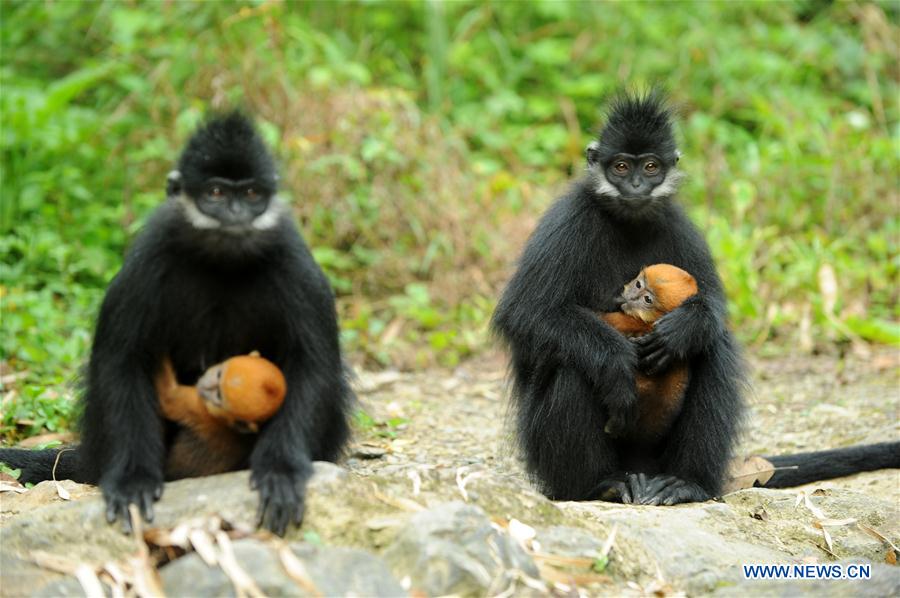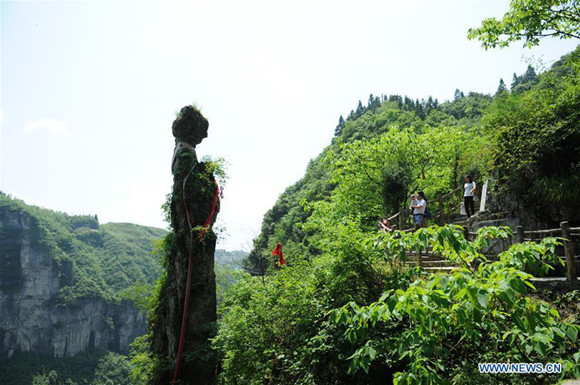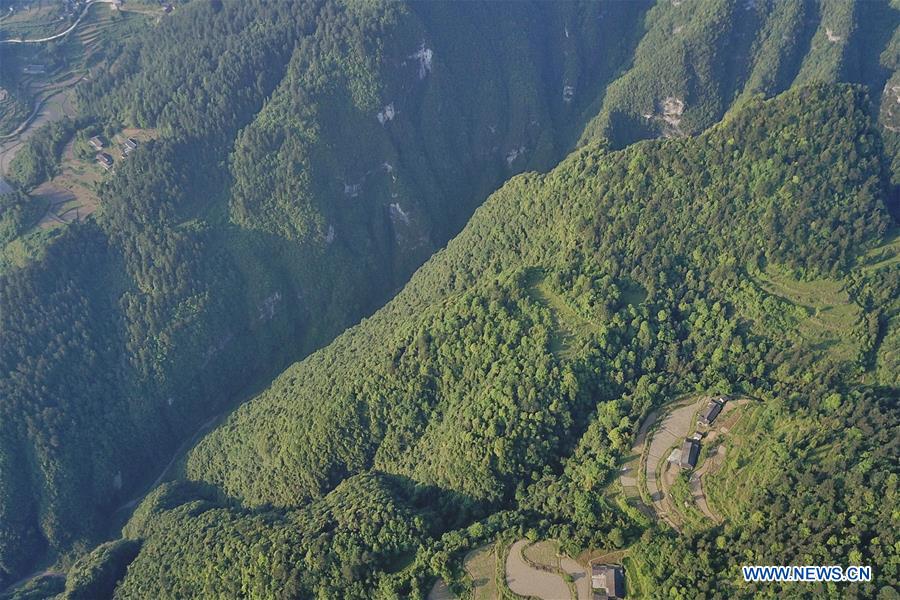Pregnant Tibetan antelope have begun their annual migration to the heart of northwest China's Hoh Xil nature reserve to give birth, according to the reserve's management bureau.
Around 6:30 p.m. on May 3, the first group of around 50 Tibetan antelope passed the Qinghai-Tibet highway en route to Zonag Lake in Hoh Xil, which is known as the "delivery room" for the species.
Currently, more than 500 Tibetan antelope have already crossed the highway on their march toward Zonag Lake.
Every year, tens of thousands of pregnant Tibetan antelope migrate to Hoh Xil between the end of May and early June to give birth, and leave with their offspring in August.
The species usually mates in December and gives birth in late June or early July after a 200-day pregnancy.
Tibetan antelope are mostly found in Tibet Autonomous Region, Qinghai Province, and Xinjiang Uygur Autonomous Region. The species is under first-class state protection in China.
The Tibetan antelope population declined sharply from 200,000 to 20,000 due to illegal hunting in the 1980s. It has recovered thanks to measures taken to improve its habitat and a ban on illegal hunting.
In July 2017, Hoh Xil became a world heritage site, and is now home to about 60,000 Tibetan antelope.


















































